The Institute of Strategy and Policy on Agriculture and Environment, Ministry of Agriculture and Environment, forecasts a number of scenarios and solutions that need to be implemented in response to the US tariff policy.
Scenario 1: If the tax rate remains at 10% throughout 2025 and is applied equally to all countries, then exports as well as the 2025 growth target of the agricultural sector will be insignificantly affected.
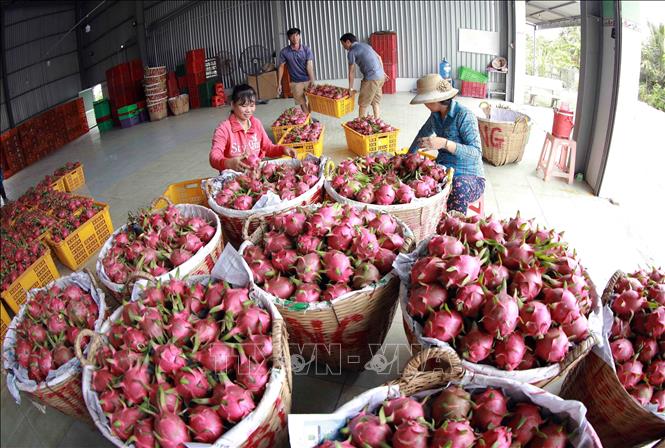
Scenario 2: If after the tax deferral period, the two countries negotiate and agree on a 20% tax rate, according to experts, export turnover in the last 6 months of the year will decrease by about 20%. With this decrease, the growth of the agriculture, forestry and fishery sector in 2025 will likely decrease by 0.15-2 percentage points, to 3.8-3.85%.
Scenario 3: In case after the tax deferral period, the US still imposes a 46% tax on imports from Vietnam. Exports are expected to decrease by 40% in the last 6 months of 2025. With this decrease, the growth of the agriculture, forestry and fishery sector in 2025 could decrease by 0.3-0.4 percentage points, to 3.6-3.8%.
According to the Institute of Strategy and Policy on Agriculture and Environment, it is necessary to strengthen dialogue with the United States so that the two countries can reduce import tariffs on each other's goods or seek tax exemption mechanisms for some strategic agricultural products. This is accompanied by measures to ensure transparency in the origin of goods.
In addition, there needs to be immediate emergency support measures for important products that are greatly affected when the US applies new tariffs. Support measures may be limited in time but must be fast and strong enough to help businesses and people adjust and adapt to the new situation.
Some support that can be implemented immediately includes reducing import tax on input materials, postponing payment of value added tax, corporate income tax, personal income tax of agricultural, forestry and fishery production and business households, and supporting credit interest rates for affected businesses and individuals.
Along with that, it is necessary to continue to improve productivity, quality and reduce costs, mainly through research and application of science and technology to increase the competitiveness of Vietnamese agriculture, forestry and fishery products in the spirit of Resolution 57-NQ/TW dated December 22, 2024 of the Politburo on breakthroughs in science and technology development, innovation and national digital transformation; monitor and ensure that products meet the standards and regulations of the US market.
Some other solutions that need to be implemented are to diversify the market, besides traditional markets such as China and East Asian countries, ASEAN, the United States, the EU; it is necessary to expand and deeply exploit potential markets in the BRIC group (including Brazil, Russia, India), the Latin American market, the markets of some large African countries, and open up some new markets, for example, countries that consume Halal food.
Implementing Resolution No. 25/NQ-CP dated February 5, 2025 of the Government on growth targets for sectors, fields and localities to ensure the national growth target in 2025 reaches 8% or more, the entire agriculture, forestry and fishery sector strives to achieve an annual value-added rate of 4 - 4.2%; of which, agriculture 3.85%, forestry 5.47% and fishery 4.35%. The sector allocates value-added growth in the first quarter of 2025, the entire sector grows by 3.7%.
In fact, in the first quarter of 2025, the gross domestic product (GDP) of the entire agriculture, forestry and fishery sector reached 3.74%, contributing 6.09% to the total added value growth of the entire economy. This is also the highest growth rate in the first quarter of the past 4 years. The total export turnover of agriculture, forestry and fishery in the first quarter of 2025 of the whole country was 15.72 billion USD, an increase of 13.1% over the same period in 2024.
According to the Institute of Strategy and Policy on Agriculture and Environment, the growth results of the whole industry achieved the set target in the first quarter due to favorable weather conditions and effective application of science and technology, helping to achieve good yields of perennial crops; livestock development, and control of diseases. Forestry production promoted new forest planting, and timber output increased. Aquaculture output increased due to the promotion of super-intensive farming and increased application of high technology.
However, one of the important drivers for the growth of the industry is the export of agricultural, forestry and fishery products, which faces many challenges. Some items with decreased export value include: rice decreased by 19.7% due to a 20.1% decrease in average export price; vegetables and fruits decreased by 11.3% due to a 38.9% decrease in exports to China. Meanwhile, input material prices increased, the price index of raw materials, fuels and materials used for production increased by 4.93% compared to the same period last year, affecting production costs.
Source: https://doanhnghiepvn.vn/kinh-te/kich-ban-tang-truong-nong-nghiep-truoc-thue-quan-cua-hoa-ky/20250422080912429



![[Photo] Prime Minister Pham Minh Chinh chairs meeting on draft Resolution of National Assembly on International Financial Center in Vietnam](https://vphoto.vietnam.vn/thumb/1200x675/vietnam/resource/IMAGE/2025/5/22/d398664ff1a140629169ea5a24e1b4d0)
![[Photo] Press delegation meeting to visit Truong Sa and DK1 Platform](https://vphoto.vietnam.vn/thumb/1200x675/vietnam/resource/IMAGE/2025/5/22/6b8d232877ec421a9e8187d83b9f8006)
![[Photo] General Secretary To Lam chairs a working session with the Central Internal Affairs Commission](https://vphoto.vietnam.vn/thumb/1200x675/vietnam/resource/IMAGE/2025/5/22/3b7790f499da45b2803d8ae253207ef1)

![[Photo] T&T 1 and Ho Chi Minh City 1 People's Police Teams won the men's and women's team championships](https://vphoto.vietnam.vn/thumb/1200x675/vietnam/resource/IMAGE/2025/5/22/39db06ae67cb4001b7a556e8d9a56d07)




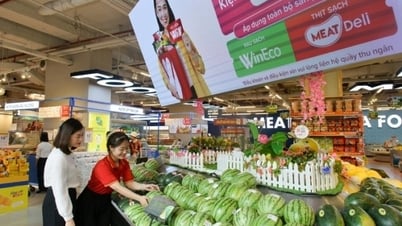



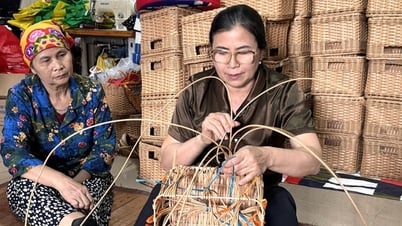





















































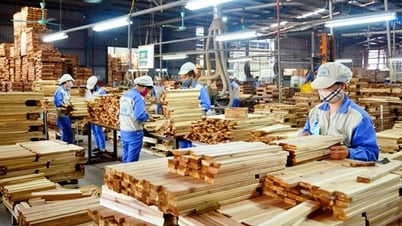






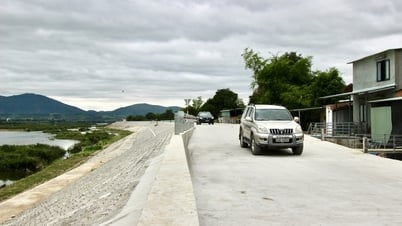







![[Podcast] Week introducing more than 500 OCOP products in Hanoi](https://vphoto.vietnam.vn/thumb/402x226/vietnam/resource/IMAGE/2025/5/22/d144aac2416744718388dbae3260e7fd)





Comment (0)